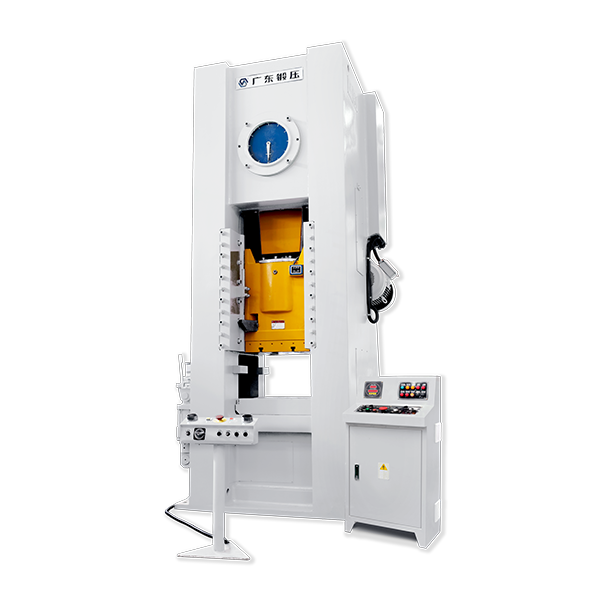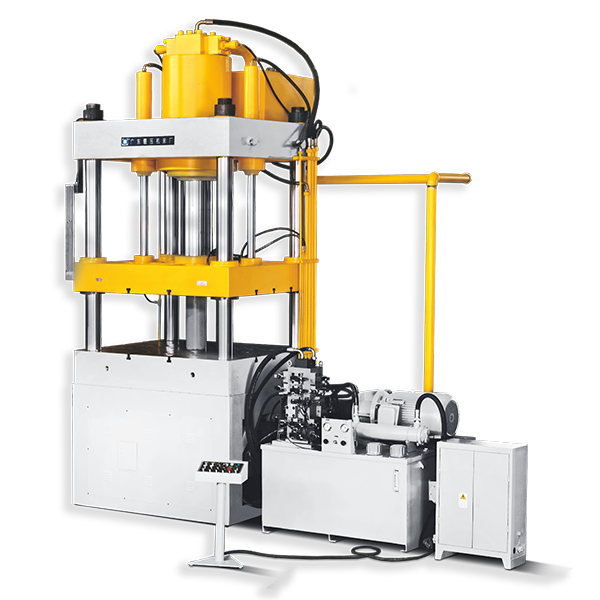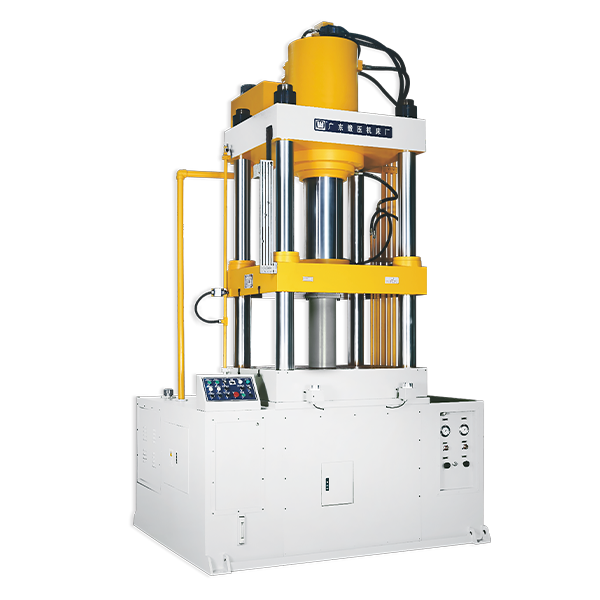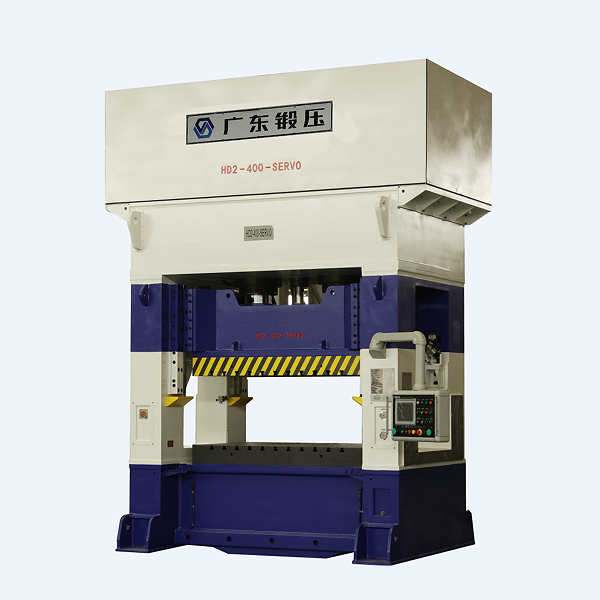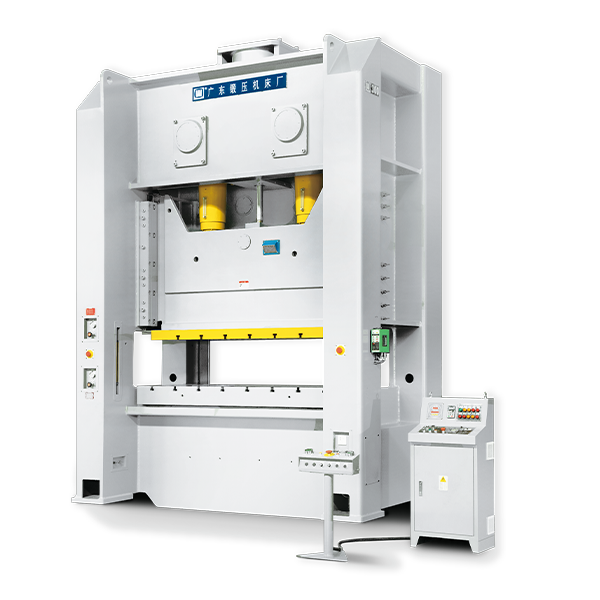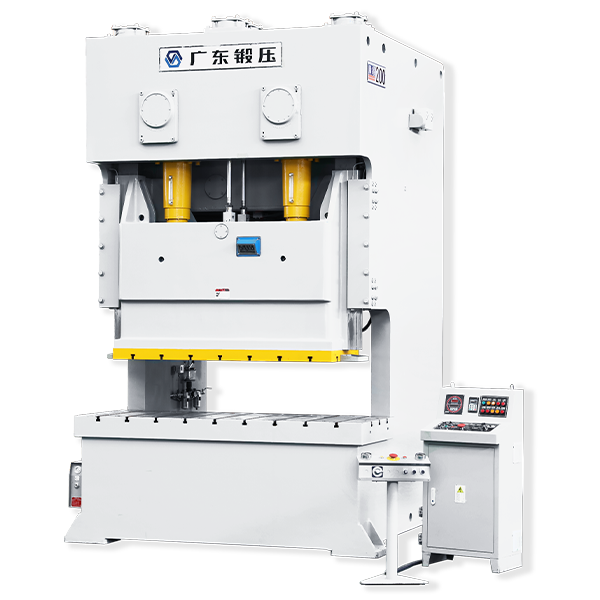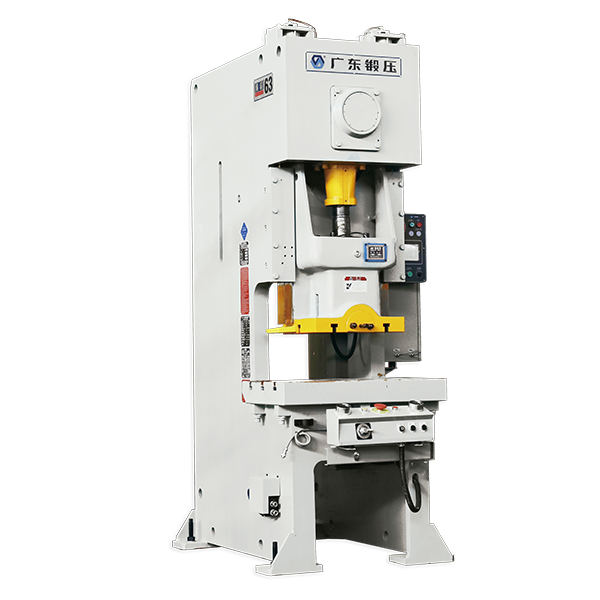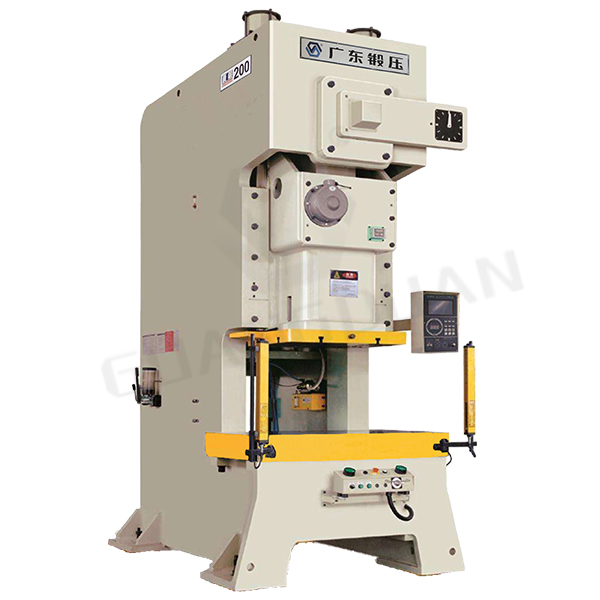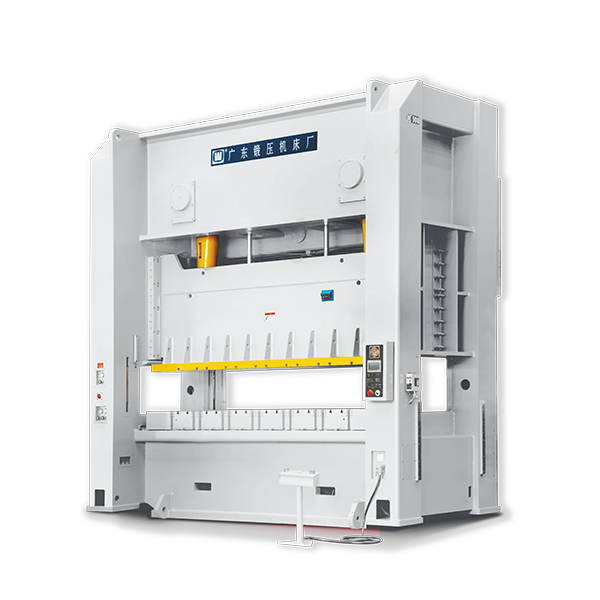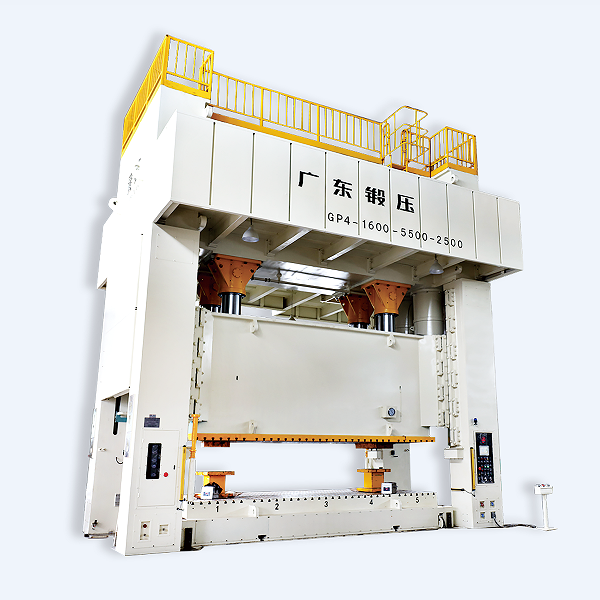
-
Home / Products
Products
As a mechanical engineer, I have always been fascinated by the power and versatility of hydraulic presses. Hydraulic presses are used in a variety of industries, from manufacturing to construction, and they are an essential tool for many businesses. In this guide, I will go over everything you need to know about hydraulic presses, including what they are, how they work, the different types available, and how to choose the right one for your needs.
What is a Hydraulic Press?
A hydraulic press is a machine that uses hydraulic pressure to generate force. The machine consists of a hydraulic cylinder, which contains a piston, and a hydraulic pump. The hydraulic pump pressurizes hydraulic oil, which is then used to move the piston in the hydraulic cylinder.
Hydraulic presses come in many different sizes and configurations, from small desktop models to large industrial machines. They can be used for a variety of tasks, including punching, bending, and forming metal, as well as pressing and molding plastic and rubber.
How Does a Hydraulic Press Work?
Hydraulic presses work by using the principle of Pascal’s Law, which states that pressure applied to a fluid in a closed system is transmitted equally to all parts of the system. In a hydraulic press, the hydraulic pump pressurizes hydraulic oil, which is then used to move the piston in the hydraulic cylinder. The force generated by the piston is then transferred to the material being worked on.
The hydraulic cylinder in a hydraulic press can be single-acting or double-acting. In a single-acting cylinder, hydraulic pressure is used to move the piston in one direction, while a spring or other mechanism is used to return the piston to its original position. In a double-acting cylinder, hydraulic pressure is used to move the piston in both directions.
Types of Hydraulic Presses
There are many different types of hydraulic presses available, each designed for specific applications. Here are some of the most common types:
C-Frame Press
A C-frame press is a type of hydraulic press that has a C-shaped frame. This design provides excellent accessibility and visibility, making it ideal for applications such as bending, punching, and forming.
H-Frame Press
An H-frame press is a type of hydraulic press that has an H-shaped frame. This design provides excellent stability and rigidity, making it ideal for heavy-duty applications such as stamping and forging.
Four-Post Press
A four-post press is a type of hydraulic press that has four vertical posts. This design provides excellent stability and precision, making it ideal for applications such as deep drawing and metal forming.
Benchtop Press
A benchtop press is a small hydraulic press that is designed to be used on a workbench or tabletop. This type of press is ideal for small-scale applications such as jewelry making and hobbyist projects.
Differences Between Hydraulic and Mechanical Presses
Hydraulic presses and mechanical presses are both used for similar applications, but they operate in different ways. A mechanical press uses a flywheel and a clutch to generate force, while a hydraulic press uses hydraulic pressure.
Mechanical presses are generally faster than hydraulic presses, but they are also more expensive and require more maintenance. Hydraulic presses are slower but more versatile, and they are also more energy-efficient.
Applications of Hydraulic Presses
Hydraulic presses are used in a variety of industries and applications, including:
Metalworking
Hydraulic presses are commonly used in metalworking applications such as punching, bending, and forming. They are also used for tasks such as stamping, forging, and deep drawing.
Plastics and Rubber
Hydraulic presses are used in the plastics and rubber industries for tasks such as molding and extrusion. They are also used for compression molding and thermoforming.
Woodworking
Hydraulic presses are used in the woodworking industry for tasks such as laminating, veneering, and pressing.
Automotive
Hydraulic presses are used in the automotive industry for tasks such as stamping, forming, and assembly.
Advantages of Using a Hydraulic Press
Hydraulic presses offer several advantages over mechanical presses, including:
Versatility
Hydraulic presses are more versatile than mechanical presses, as they can be used for a wider range of applications.
Energy Efficiency
Hydraulic presses are more energy-efficient than mechanical presses, as they use hydraulic pressure to generate force.
Safety
Hydraulic presses are generally safer than mechanical presses, as they do not have a flywheel or clutch that can cause injury if they malfunction.
Precision
Hydraulic presses offer excellent precision and repeatability, making them ideal for applications that require high accuracy.
Maintenance and Safety Tips for Hydraulic Presses
Proper maintenance and safety procedures are essential when working with hydraulic presses. Here are some tips to keep in mind:
Regular Maintenance
Regular maintenance is essential to keep your hydraulic press running smoothly. This includes checking the oil levels and replacing the filters and seals as needed.
Safety Procedures
Always follow proper safety procedures when operating a hydraulic press. This includes wearing the appropriate protective equipment, ensuring that the workpiece is properly secured, and keeping your hands and fingers away from the moving parts.
Training
Proper training is essential for anyone who will be operating a hydraulic press. Make sure that all operators are trained on the proper procedures and safety protocols.
Choosing the Right Hydraulic Press for Your Needs
Choosing the right hydraulic press for your needs requires careful consideration of several factors, including:
Application
Consider the specific application that you will be using the hydraulic press for, as this will determine the size and type of press that you need.
Capacity
Make sure that the hydraulic press you choose has the capacity to handle the size and weight of the materials you will be working with.
Features
Consider the features that are important to you, such as the ability to control the speed and pressure of the press, as well as any automation features that may be available.
Budget
Consider your budget when choosing a hydraulic press, as the cost can vary significantly depending on the size and features of the press.
Popular Hydraulic Press Manufacturers
There are many different manufacturers of hydraulic presses, each offering a variety of models and configurations. Here are some of the most popular manufacturers:
Baileigh Industrial
Baileigh Industrial is a leading manufacturer of hydraulic presses, offering a wide range of models and configurations to meet the needs of any application.
Dake
Dake is another popular manufacturer of hydraulic presses, offering a variety of models ranging from small benchtop presses to large industrial machines.
Enerpac
Enerpac is a global leader in high-pressure hydraulic tools and equipment, offering a variety of hydraulic presses and other tools for a wide range of applications.
Conclusion
Hydraulic presses are an essential tool for many industries, offering versatility, precision, and energy efficiency. By understanding the different types of hydraulic presses, their applications, and the factors to consider when choosing one, you can choose the right press for your needs. Remember to always follow proper maintenance and safety procedures to ensure that your hydraulic press operates safely and efficiently.
CONTACT US


Guangdong Metal Forming Machine Works Co., Ltd.
We are always providing our customers with reliable products and considerate services.
If you would like to keep touch with us directly, please go to contact us
